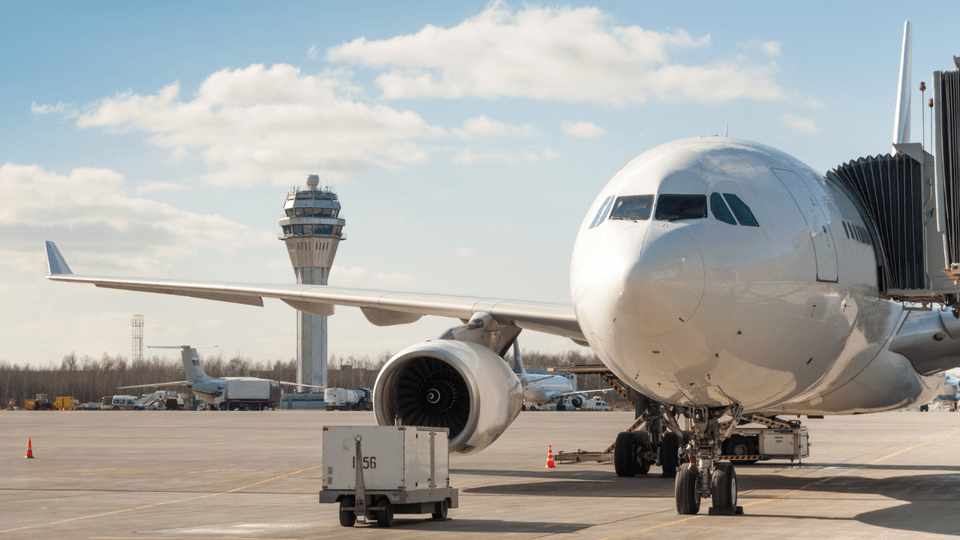May 16, 2024 Jan Uphues
ShareIn a move well-received by the industry, the European Union Aviation Safety Agency (EASA) issued its first proposal designed to regulate ground handling across European Union (EU) airports. The regulations, expected to be published in late 2024 or early 2025, will impact airlines, airports, ground handling organizations and an estimated 300,000 employees.
EASA Acting Executive Director Luc Tytgat stated, “Aviation safety starts on the ground. This entirely new proposal fills an important gap in the overall regulation of aviation operations in the European Union, which means that we will now have an end-to-end approach to ensuring aviation safety and cybersecurity. For passengers and their airlines, this will provide increased certainty that ground handling operations are being conducted safely and consistently in all major airports across the EASA Member States.”
Over the years, ground handling operations have been primarily self-regulated based on a carrier’s bilateral agreements with ground handling organizations.
The proposed EASA Ground Handling Regulation also seeks to reduce the high number of industry audits performed annually, estimated to be as many as 600 audits for a single handling organization with 100 stations. These audits tie up labor resources for many hours preventing those staff members from focusing on more essential operations.
EASA Ground Handling Regulation: Industry Response
Industry response to the proposed regulations has been positive. dnata Group CEO Steve Allen stated, “dnata fully supports EASA’s proposal which marks a significant milestone in European aviation. All industry stakeholders will benefit from the implementation of minimum standards for quality and safety. This initiative also aligns with our ongoing efforts to deliver consistent world-class services at every airport across our operations.”
Swissport International President & CEO Warwick Brady shared those sentiments saying, “The regulations will ensure a better standard of operations and will help reinforce the critical role that ground handling plays in aviation safety. Together with EASA and ASA, we must make sure the regulations provide a level playing field for ground handlers to deliver safe and sustainable operations that support the wider ESG agenda of the aviation industry.”
Menzies Aviation CEO Philipp Joenig remarked, “The newly announced EASA Ground Handling Regulations represent a significant step towards a unified standard for operations on the ramp at airports across Europe. It will serve to create a fair competitive landscape with consistent, standardized operations, streamlined auditing requirements and a best practice example for the wider aviation industry.”
Ground Handling Challenges and Consequences
The ground handling sector has not been without its challenges. This is understandable considering the many areas ground handlers cover. These include baggage and cargo loading and unloading, passenger boarding and disembarking, de-icing and anti-icing, aircraft refueling, and securing aircraft on the ground during the turnaround (pushback and towing) process. Over the years and under the self-regulation model, it has been difficult to obtain data pertaining to accidents and safety-related incidents. Moreover, many operations do not have an embedded safety culture or the tools to support it such as a safety management system or regular safety training. What is known is that:
- 127,000 ramp accidents and incidents or one per 1,000 departures occur each year worldwide.
- 243,000 people are injured annually in these accidents and incidents with an injury rate of 9 per 1,000 departures.
- Ramp accidents cost major airlines worldwide at least $10 billion a year.
EASA’s Proposed Ground Handling Requirements
To address the challenges and reduce ground handling accidents and safety incidents, as well as audits, the EASA’s Ground Handling Regulation would require ground handling organizations and self-handling aircraft operations that perform commercial air transport operations to:
- Self-declare that they comply with the EU requirements by applying operational procedures they have developed, or industry standards and best practices developed and continuously improved by industry organizations.
- Prove that they have a management system in place that is proportionately aligned with their operations’ complexity and inclusive of:
- A Safety Management System
- Staff Training
- A Maintenance Program for Ground Support Equipment
- Defined Operational Procedures
- A Robust Safety Culture wherein any safety issues are reported without penalty, quickly addressed, and used as a learning lesson to further improve safety when providing ground handling service.
In summary, the new regulation seems well-received by the industry in general and should help to increase employee safety across Europe.
What do you expect from the EASA Ground Handling Regulation? How will it influence your ground handling business? Let us know your thoughts!
About our Expert

Jan Uphues
Marketing Manager
From the exhilarating rush of his very first flight, Jan Uphues was captivated by the world of aviation. Though that maiden voyage had its jittery moments, it set the course for a lifelong passion. Starting at INFORM in 2018, he combined it with his second love: crafting compelling content.


